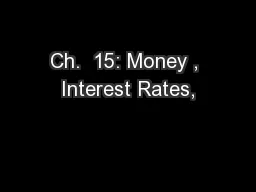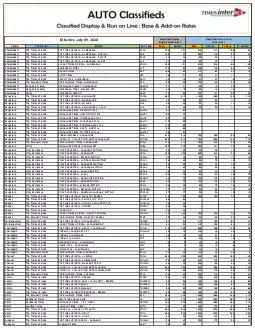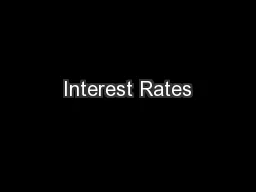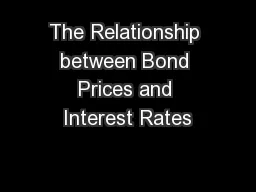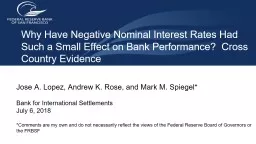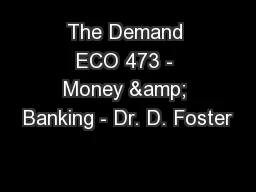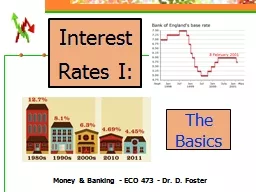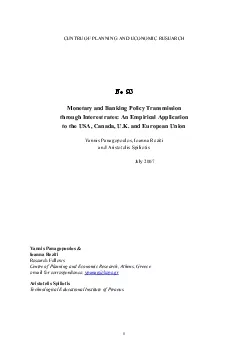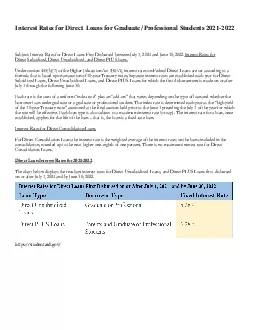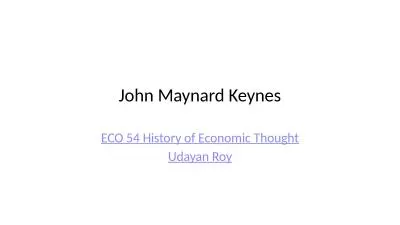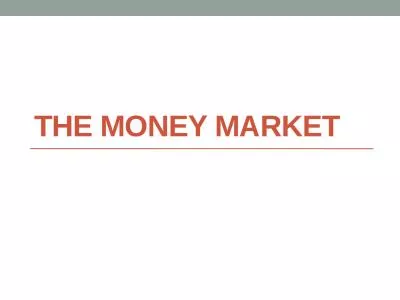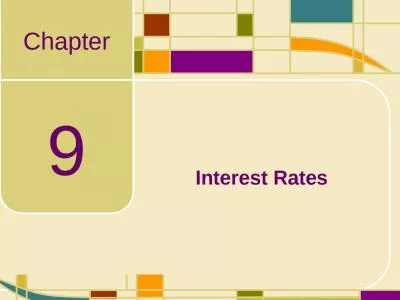PPT-Ch. 15: Money , Interest Rates,
Author : marina-yarberry | Published Date : 2018-09-20
and Exchange Rates Udayan Roy ECO41 International Economics What is Money Money is any asset that is widely used and accepted as a means of payment So a countrys
Presentation Embed Code
Download Presentation
Download Presentation The PPT/PDF document "Ch. 15: Money , Interest Rates," is the property of its rightful owner. Permission is granted to download and print the materials on this website for personal, non-commercial use only, and to display it on your personal computer provided you do not modify the materials and that you retain all copyright notices contained in the materials. By downloading content from our website, you accept the terms of this agreement.
Ch. 15: Money , Interest Rates,: Transcript
Download Rules Of Document
"Ch. 15: Money , Interest Rates,"The content belongs to its owner. You may download and print it for personal use, without modification, and keep all copyright notices. By downloading, you agree to these terms.
Related Documents

